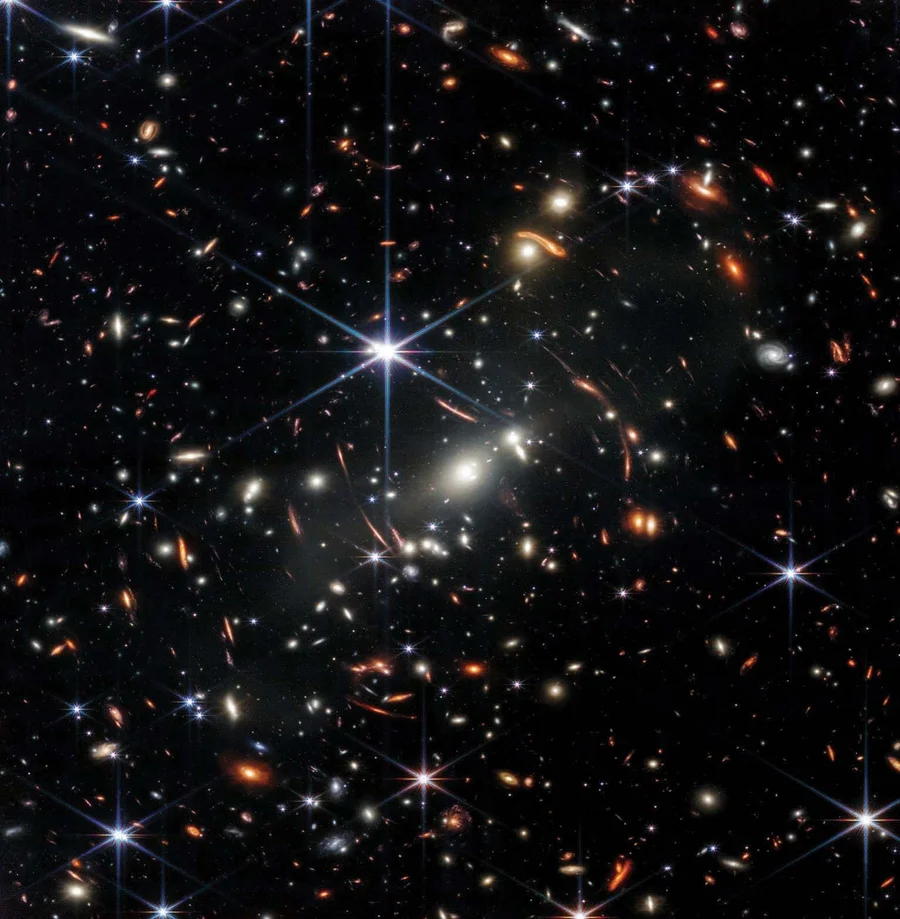News: Features
American Scientist
How did the universe light up?
The universe exists on scales of time and distance that lie entirely outside the range of human experience. It is dominated by two substances—dark matter...

PNAS
Supermassive Dark Star candidates seen by JWST
Katherine Freese published her inaugural article for the Proceedings of the National Academy of Sciences
ScienceNews
A star cluster in the Milky Way appears to be as old as the universe
One way around that tension is to accept a different age for the universe, says cosmologist and study coauthor Mike Boylan-Kolchin of the University of...

NewScientist
What the huge young galaxies seen by JWST tell us about the universe
Not enough time had elapsed to have brought together that amount of matter and turned it into this many stars. At the time, Mike Boylan-Kolchin...

LIGO Caltech
LIGO Ready to Explore Secrets of the Universe
The fourth observing run of the global gravitational wave network begins. UT Austin hosts a large LIGO group: Professors Chen, Laguna, Shoemaker, and Zimmerman

Discover Magazine
JWST Images Challenge Galaxy Formation Theories
Mike Boylan-Kolchin, an astronomer from the University of Texas at Austin, says that scientists now think we're seeing galaxies from as early as 13.48 billion...

National Geographic
The most ancient galaxies in the universe are coming into view
The James Webb Space Telescope is discovering distant clusters of stars that formed surprisingly early—presenting new mysteries about how the universe evolved.

Scientific American
JWST’s First Glimpses of Early Galaxies Could Break Cosmology
Michael Boylan-Kolchin says, “Even if you took everything that was available to form stars and snapped your fingers instantaneously, you still wouldn't be able to...

Science
Webb telescope reveals unpredicted bounty of bright galaxies in early universe
Michael Boylan-Kolchin of UT Austin describes surprising galaxies detected with the James Webb Space Telescope.

BBC America
10 Female Scientists We Look Up To: From Early Twentieth Century to Present Day
Katherine Freese, director of the Weinberg Institute, is among the researchers cited.
